In 2016, the USDA Forest Service installed a new test product for review.
The number of products installed in the U.S. Department of Agriculture’s Forest Service (USFS) Termiticide Testing Program each year is cyclical. In recent years, the installation of new products has been reduced. We are optimistic that the low point in new installations has passed, however, and we are beginning to move toward a time of increased installations — and thus additional product choices for pest management professionals (PMPs).
Not all of the new product installations will gain registration status and become available for use. However, increasing the number of products being examined obviously increases the possibility of new choices coming to the market.
In 2016, the USFS Termiticide Testing Program installed one new product at two sites, completing the study started in late 2015. Currently, three candidate termiticides are being evaluated in the testing program.
A brief history
The U.S. Environmental Protection Agency (EPA) has handled federal registration of soil-applied termiticides in the United States since the Federal Environmental Pesticide Control Act passed in 1972.
The USDA Forest Service Termiticide Testing Program has examined the efficacy of soil-applied termiticides since the late 1930s. It continues this beneficial program to this day with funding from pest management industry cooperators seeking registration of its products from the EPA and state lead agencies (SLAs). This report is the formal summary of our annually collected termiticide efficacy data.
The USFS Testing Program has a long history of working with cooperators from chemical manufacturers seeking federal registration of their new termiticide products. Our unit offers installation and reading of plots using the groundboard, concrete slab and stake methods, as well as pesticide residual samples. This is a long test period — six years from installation to the complete five years of efficacy required by the EPA. Over this time, we provide product manufacturers with yearly updates on the most recent data for their products in our tests.
Tests are conducted at three sites — the Chipola Experimental Forest in northwestern Florida, the Harrison Experimental Forest in southern Mississippi and the Calhoun Experimental Forest in western South Carolina — which all are inhabited by subterranean termite species of Reticulitermes. Because of the recent loss of our fourth site, we are currently considering options for the establishment of a new southwestern site. The move would allow us to test product performance against Heterotermes, another destructive genus of subterranean termite.
Test methods
In its Product Performance Test Guideline, OPPTS 810.3600, the EPA specifies evaluations of soil-applied termiticides. Currently, two protocols are accepted for testing these products:
- the groundboard test; and
- the modified groundboard (or concrete slab) test.
Ten replicates of each concentration, including water-only controls, are installed for each candidate termiticide in each of the three national field sites. (Learn more about testing procedures)
Performance standards
As has been reported in previous annual termiticide reports by the USFS, there is a single standard for federal registration under the EPA, and each state has the opportunity to create its own standard. While the federal registration is required of any product for consideration by the states, the states reserve the authority to allow or deny sale and use of any product within their borders. These decisions are made by the state lead agencies for structural pest control in each state using either a state-specific regulatory standard or their own judgment of the USFS data set on the product. Many state lead agencies choose to make these decisions collectively and belong to the Association of Structural Pest Control Regulatory Officials (ASPCRO).
Latest test results
In 2015, the study of Altriset (a suspended concentrate, or SC formulation of chlorantraniliprole) was closed. No new products have entered the market this year. Thus, there are no new products whose data can be revealed in this year’s report. The tables and data in this year’s report are exactly the same as the previous report, as all of our newly collected data are for as-yet-unregistered products. To see Tables 1 and 2, which provide repellent and nonrepellent termiticide evaluation results collected through 2016, view this Web Exclusive.
Decades of service
The USDA-FS Termiticide Testing Program has served the public and pest management industry for nearly eight decades, providing unbiased candidate termiticide efficacy data for state and federal regulators. The testing program has provided performance data for all termiticides currently registered in the United States. These reports provide efficacy data of registered termiticides to the pest management industry, pesticide manufacturers, government regulators, and the American consumer.
By making this data publicly available, the USFS enables the public to make informed decisions concerning the protection of the wood framing in their homes and outdoor structures from termite damage. For the foreseeable future, the USFS Termiticide Testing Program will continue to provide information about these products.
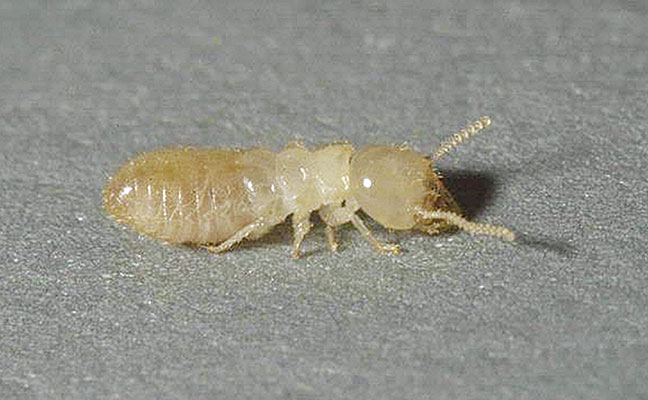
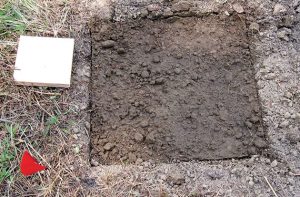
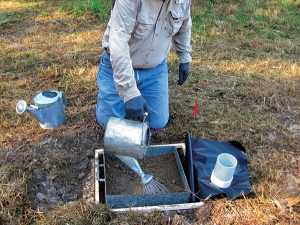
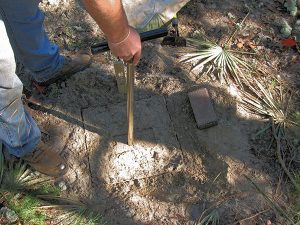
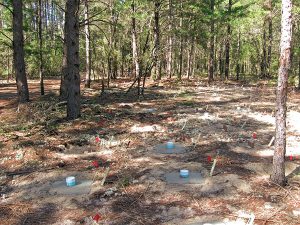
Leave A Comment